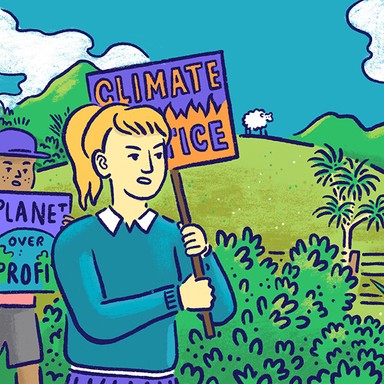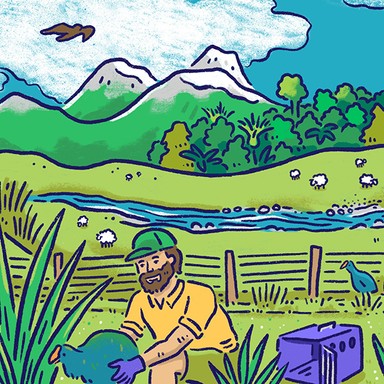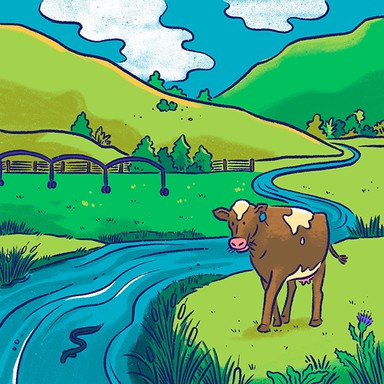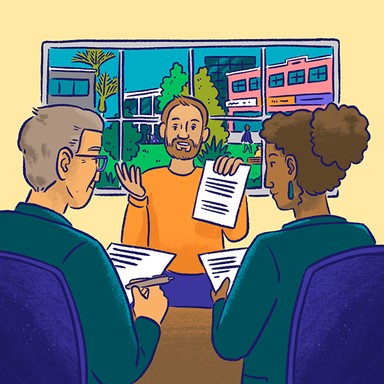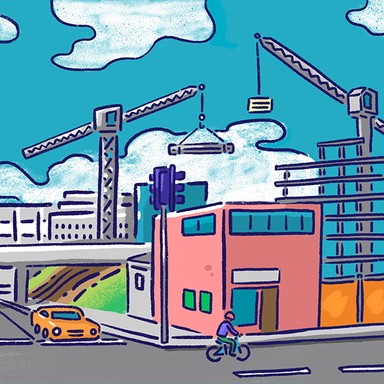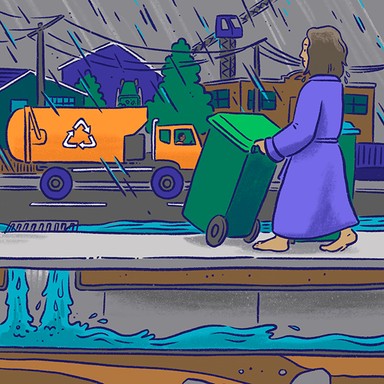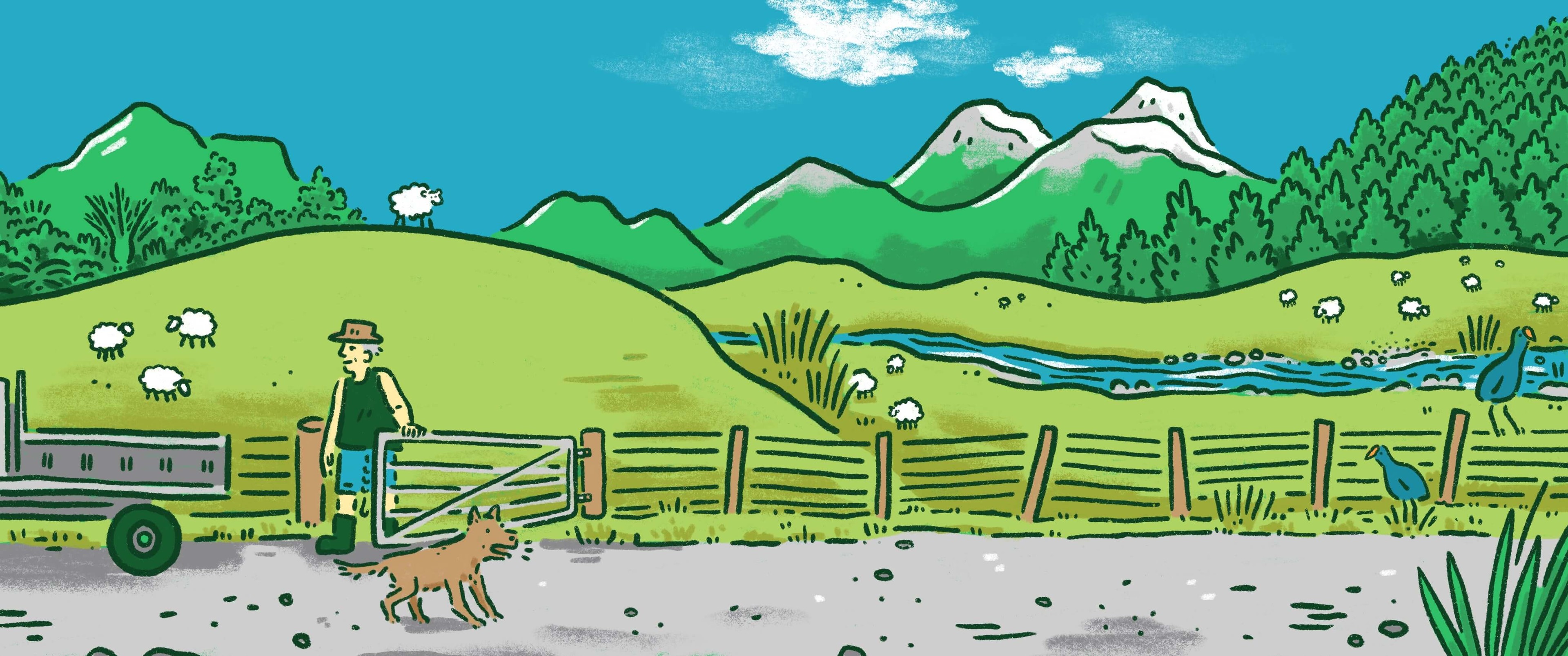
Greater Wellington Regional Council
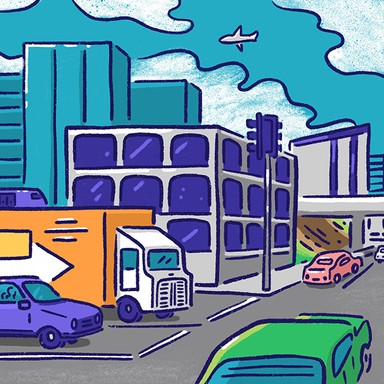
Transport
Helping communities get from A to B is a key responsibility of local government, from making sure the buses run on time to providing car parking and walking and cycling paths. Whether public transport is the responsibility of the regional or local council depends on where you are in the country. Local councils also own 87% of New Zealand’s roads.

Transport
Helping communities get from A to B is a key responsibility of local government, from making sure the buses run on time to providing car parking and walking and cycling paths. Whether public transport is the responsibility of the regional or local council depends on where you are in the country. Local councils also own 87% of New Zealand’s roads.
Engage with the central government to fund a permanent 50% reduction in public transport fares and look at free fares within three to five years.
Improve accessibility and safety at bus stops and train stations. Explore transit orientated development options at Hutt train stations.
Develop a long-term plan to improve bus driver conditions and wages to attract more people to the industry.
Provide an affordable, convenient, reliable public transport system that expands transport options and enables climate-friendly choices.
Prioritise improvements to accessibility and safety. What is good for young, old and those with disabilities, will be better for all.
Champion safe and convenient cycling and micro-mobility options, integrating seamlessly with public transport and destinations. Love e-bikes!
Engage with the central government to fund a permanent 50% reduction in public transport fares and look at free fares within three to five years.
Improve accessibility and safety at bus stops and train stations. Explore transit orientated development options at Hutt train stations.
Develop a long-term plan to improve bus driver conditions and wages to attract more people to the industry.
Provide an affordable, convenient, reliable public transport system that expands transport options and enables climate-friendly choices.
Prioritise improvements to accessibility and safety. What is good for young, old and those with disabilities, will be better for all.
Champion safe and convenient cycling and micro-mobility options, integrating seamlessly with public transport and destinations. Love e-bikes!
Mayor
Compare the mayoral candidates in your area
Local council
Compare the candidates for your city or district council
Regional council
Compare the candidates for your regional council
Local board
Compare the candidates for your local or community board
